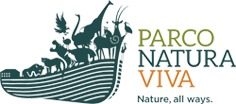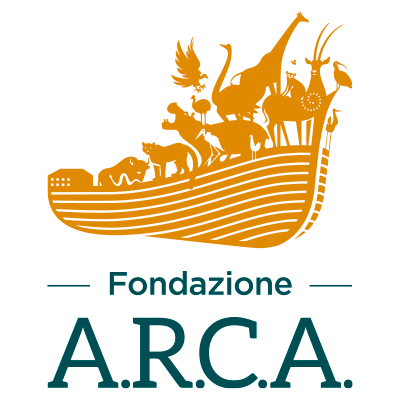Bearded Vulture Project
The bearded vulture is a large vulture distributed from southern Europe to Asia, from the Pyrenees to India and Tibet. Classified as “Near Threatened” globally by the IUCN Red List, the bearded vulture is in decline throughout its range, particularly in Europe, and in 1969 it was even declared extinct in Italy.
Since 1986 the international organisation VCF – Vulture Conservation Foundation is dedicated to the reintroduction of this species on the European skies, and the Bearded Vulture Project of Parco Natura Viva collaborates with the VCF through the release in nature of individuals born in the park.
Since 1986 the international organisation VCF – Vulture Conservation Foundation is dedicated to the reintroduction of this species on the European skies, and the Bearded Vulture Project of Parco Natura Viva collaborates with the VCF through the release in nature of individuals born in the park.
Parco Natura Viva is involved in the conservation of the bearded vulture both by raising public awareness on the protection of this species, and through the reintroduction in nature of animals born in the park. The reintroduction of vultures born in Parco Natura Viva began in 2019, when the historical pair of the park was able to reproduce and take care of their chick for the first time in Italy. The project is conducted in the Natural Reserve “Sierras de Cazorla, Segura y Las Villas” in south-central Spain, where the park has made use of the important collaboration of the Gypaetus Foundation and the VCF – Vulture Conservation Foundation. With an area of almost 210,000 hectares, the “Sierras de Cazorla, Segura y Las Villas” natural park is the largest protected natural area in Spain and the second in Europe. Then there are two small adjacent natural parks in the provinces of Albacete and Granada: the “Los Calares del Mundo y de la Sima” natural park located in the north, and the “Sierra de Castril” natural park in the south, which together contribute to add other 31,000 hectares to this huge protected natural area. VCF reintroduction project is active since 1986 and has other release sites also in Italy and France. Thanks to the project, the species has started to repopulate the European skies, and today there are as many as 223 released vultures.
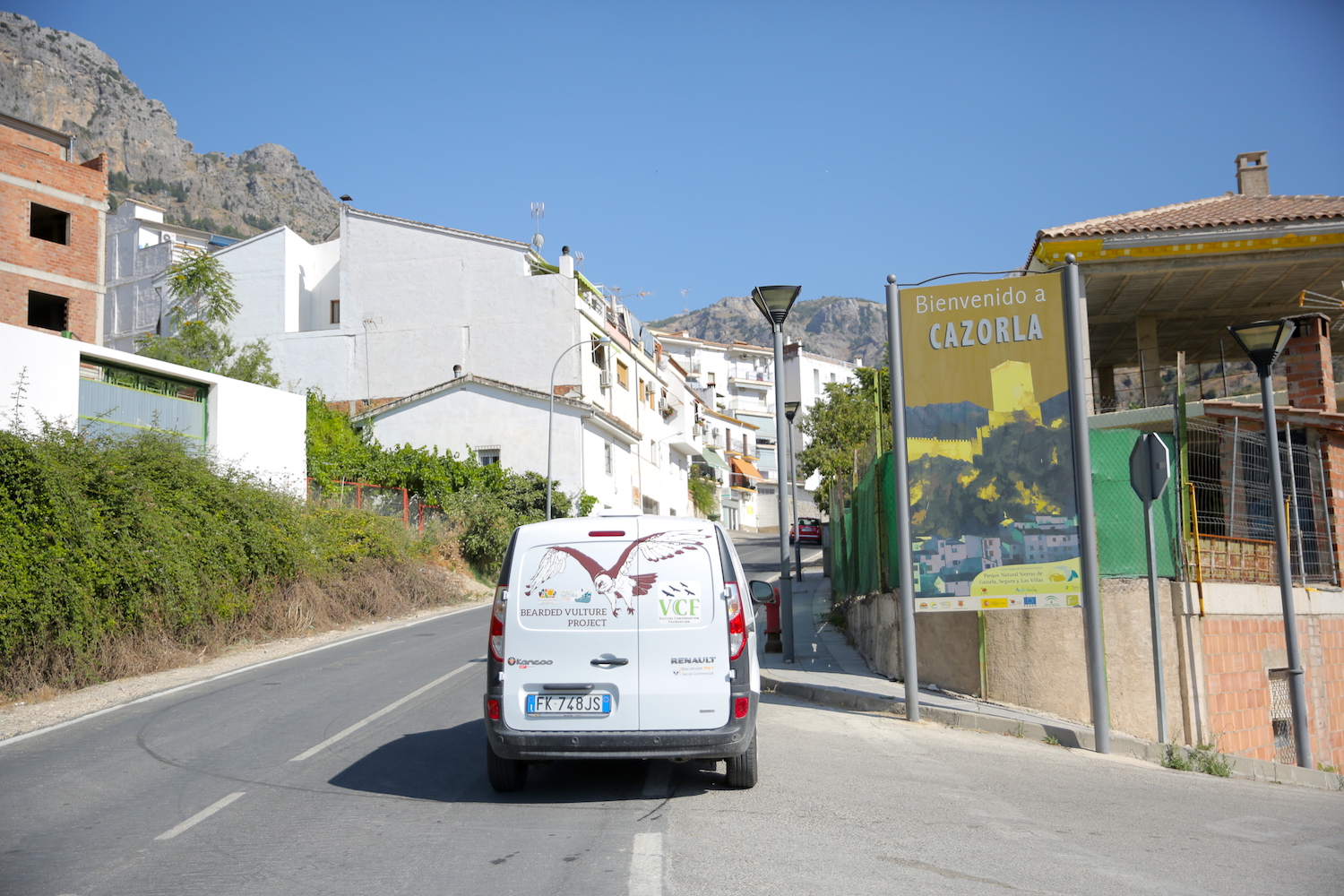 |
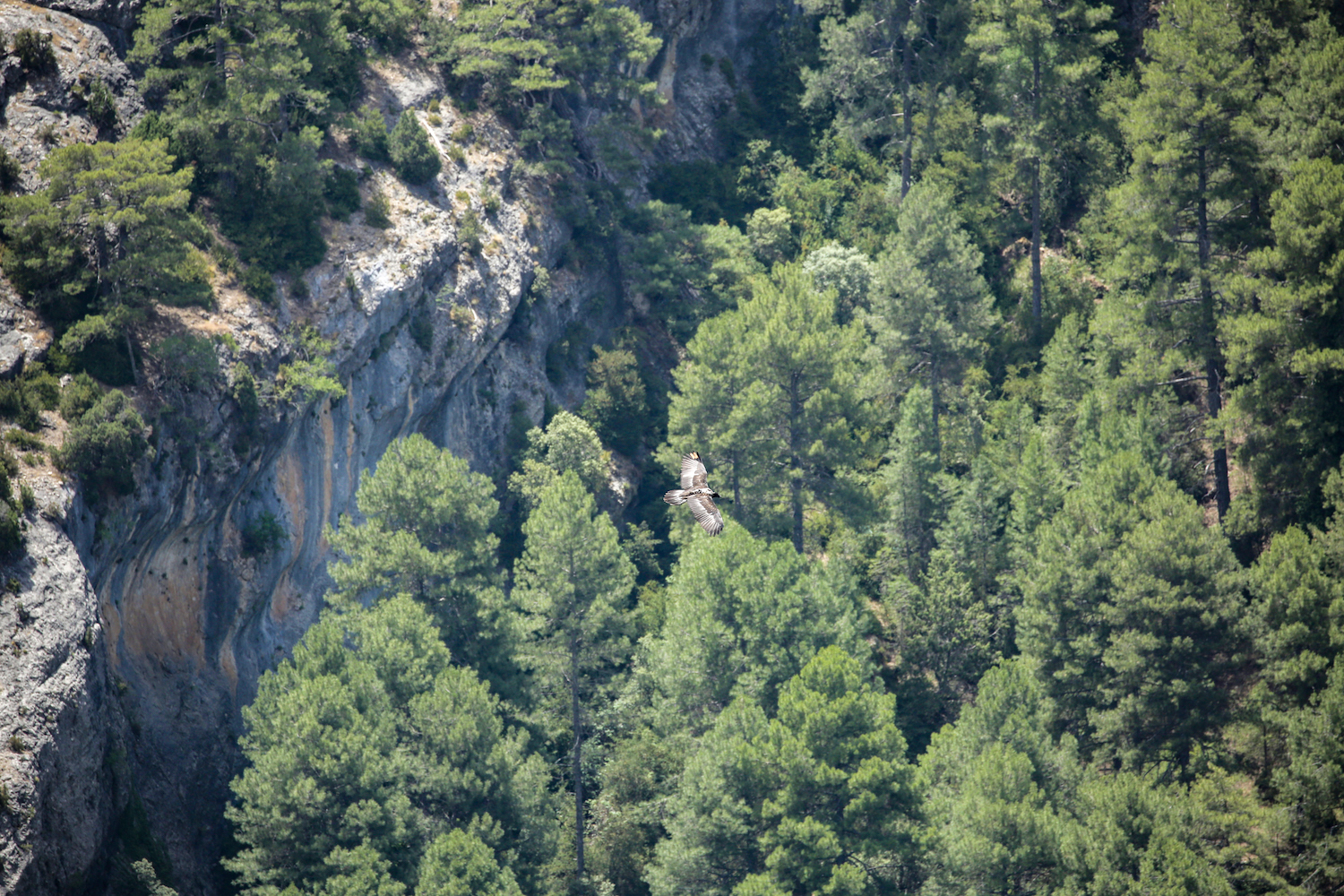 |
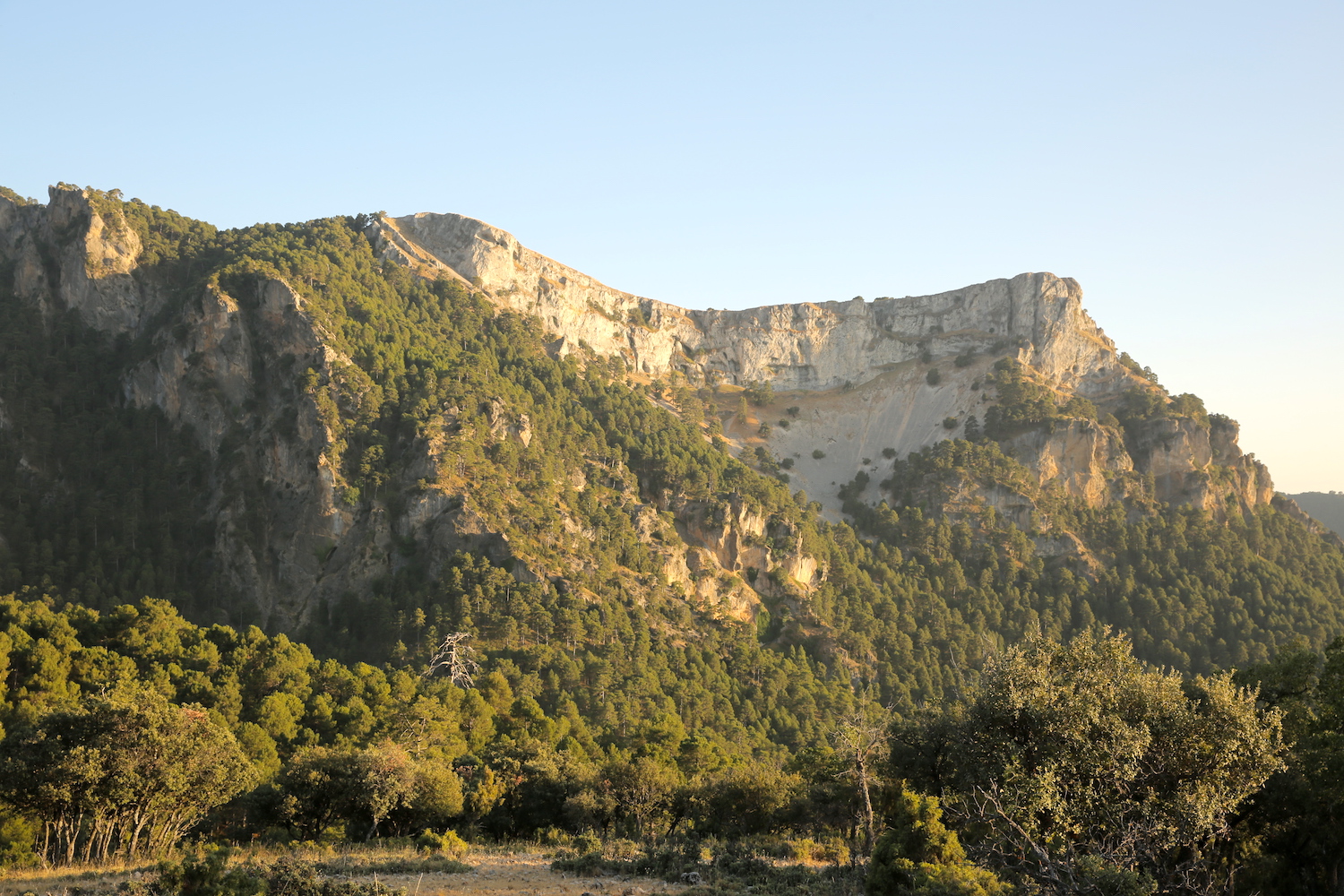 |
200 years ago, the bearded vulture was found in all Southern European mountain areas, from Western Spain to the Balkans, but also in Africa and Asia. Currently this vulture is one of the rarest species in Europe, and the population is decreasing also in Africa and Asia. Poisoning, habitat destruction, anthropic disturbance in breeding areas and the collision with electrical wires are considered the main threats to the survival of the bearded vulture. It’s estimated that in Europe the population has decreased by 10% over the last three generations; globally the decrease is estimated between 25 and 29 %.
The bearded vulture, as other species of vultures, require a large distribution area with good quality habitat, increasingly difficult to find in the urbanized Europe. This species is classified as “Near Threatened” by the IUCN Red List.
Given their important role in the ecosystem, bearded vultures are considered a key species on our mountains. Thanks to their diet made of animals’ carcasses, they reduce the chances of infectious disease transmission, act as natural sweepers and have an incredible socioeconomic value to local communities.
A unique feature of this vulture species is its specialization in eating also animals’ bones; using powerful digestive acids, the stomach of bearded vultures breaks down solid bones within 24 hours.
The bearded vulture, as other species of vultures, require a large distribution area with good quality habitat, increasingly difficult to find in the urbanized Europe. This species is classified as “Near Threatened” by the IUCN Red List.
Given their important role in the ecosystem, bearded vultures are considered a key species on our mountains. Thanks to their diet made of animals’ carcasses, they reduce the chances of infectious disease transmission, act as natural sweepers and have an incredible socioeconomic value to local communities.
A unique feature of this vulture species is its specialization in eating also animals’ bones; using powerful digestive acids, the stomach of bearded vultures breaks down solid bones within 24 hours.
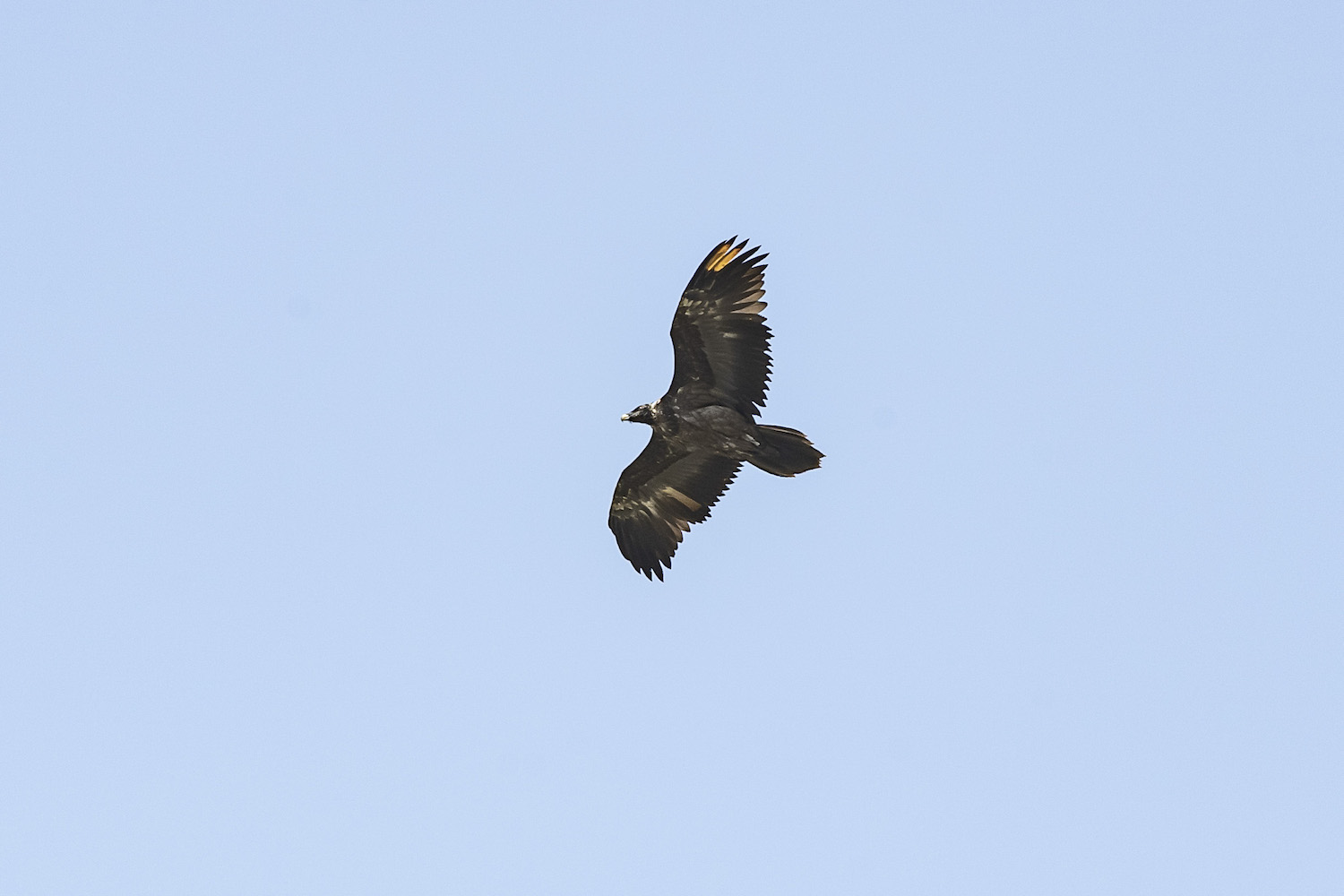 |
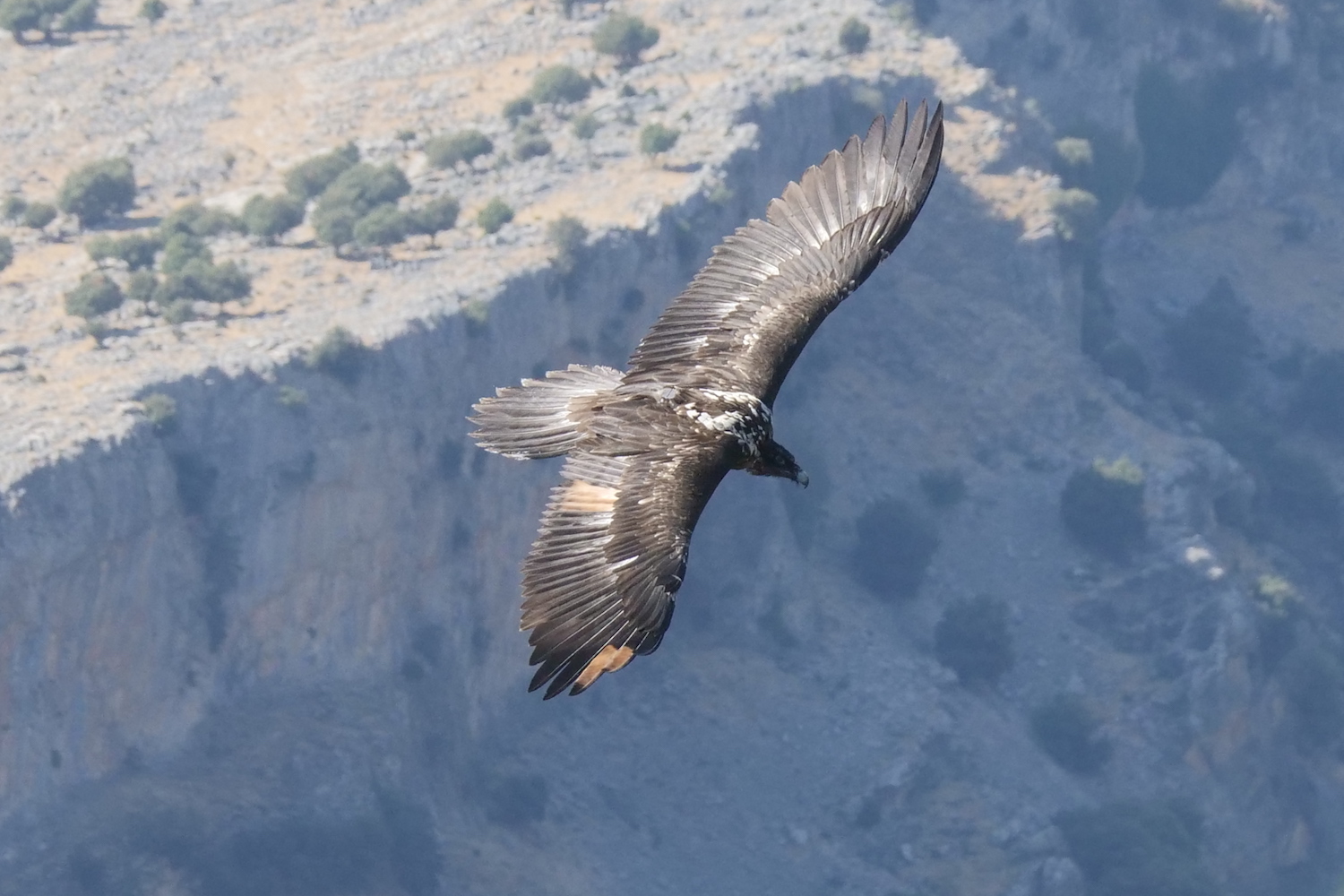 |
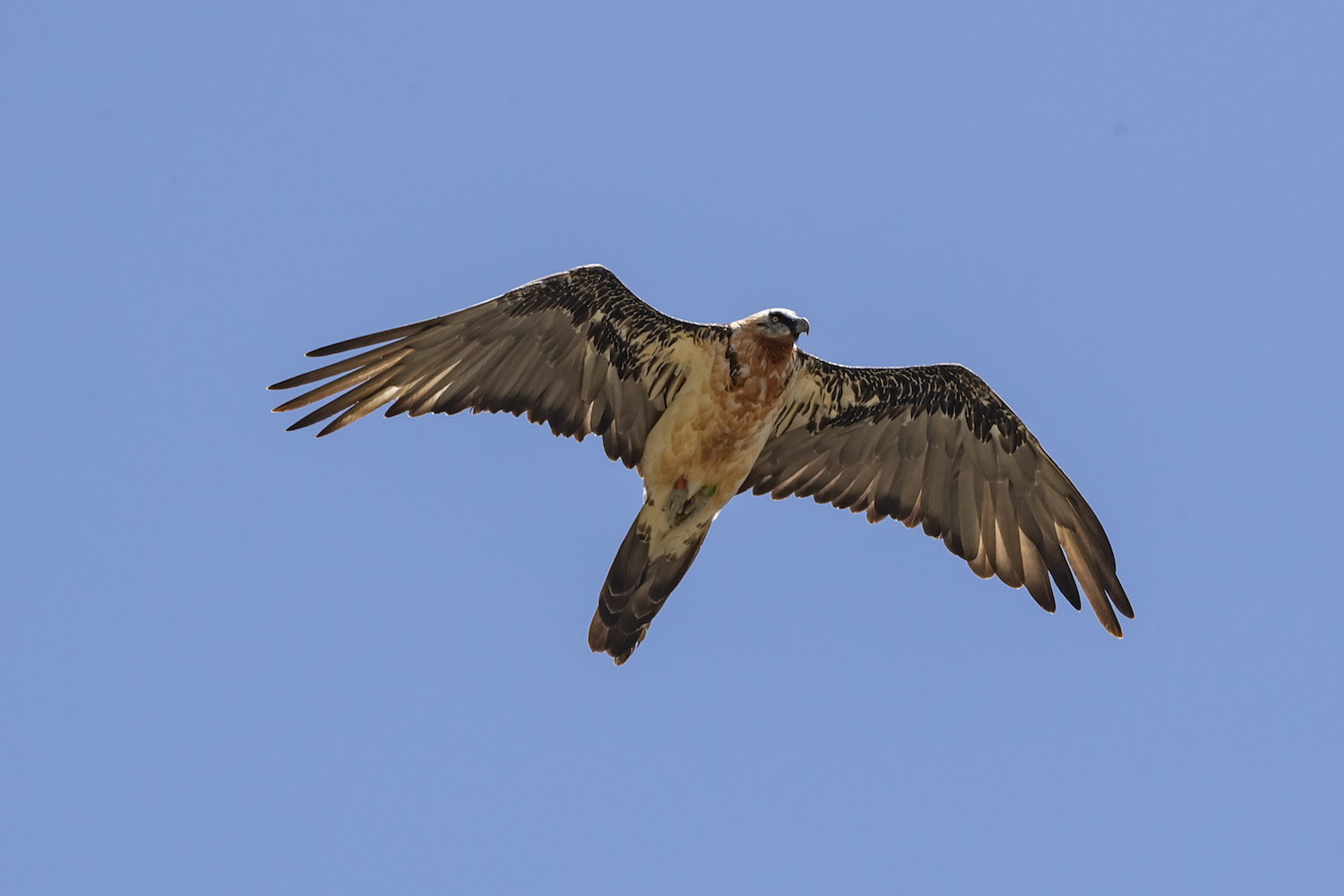 |
The pair housed at the park arrived in 2006 within the EEP. The male was born in 2005 at the Richard Faust Zentrum and is called Fabian, whereas the female Julia was born at the Nurnberg Zoo also in 2005.
In 2014 a new exhibit was built in order to make it more adequate for the couple, and this has encouraged more preening behaviour and nests building, although the first hatching of an egg took place only in 2019.
The management of bearded vulture pairs in a Zoological Park is not easy, especially during the breeding season. Males tend to be more active in the construction of nests and in defending the territory, whereas females allocate more time tending to the nest. However, both males and females display territorial behaviours around the nest against other bearded vultures, thus monitoring the couple’s behaviours is extremely important in order to guarantee their welfare.
In 2014 a new exhibit was built in order to make it more adequate for the couple, and this has encouraged more preening behaviour and nests building, although the first hatching of an egg took place only in 2019.
The management of bearded vulture pairs in a Zoological Park is not easy, especially during the breeding season. Males tend to be more active in the construction of nests and in defending the territory, whereas females allocate more time tending to the nest. However, both males and females display territorial behaviours around the nest against other bearded vultures, thus monitoring the couple’s behaviours is extremely important in order to guarantee their welfare.
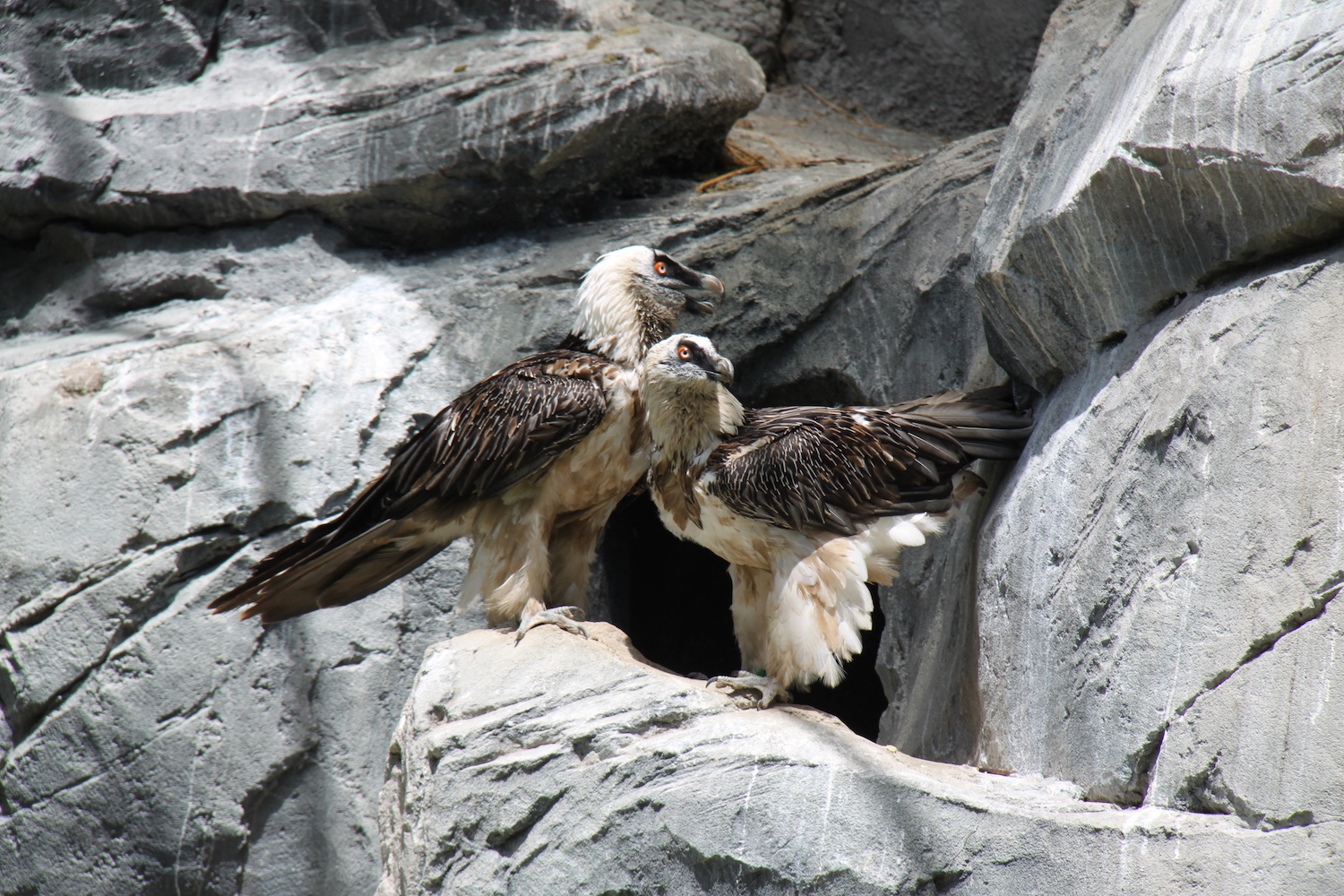 |
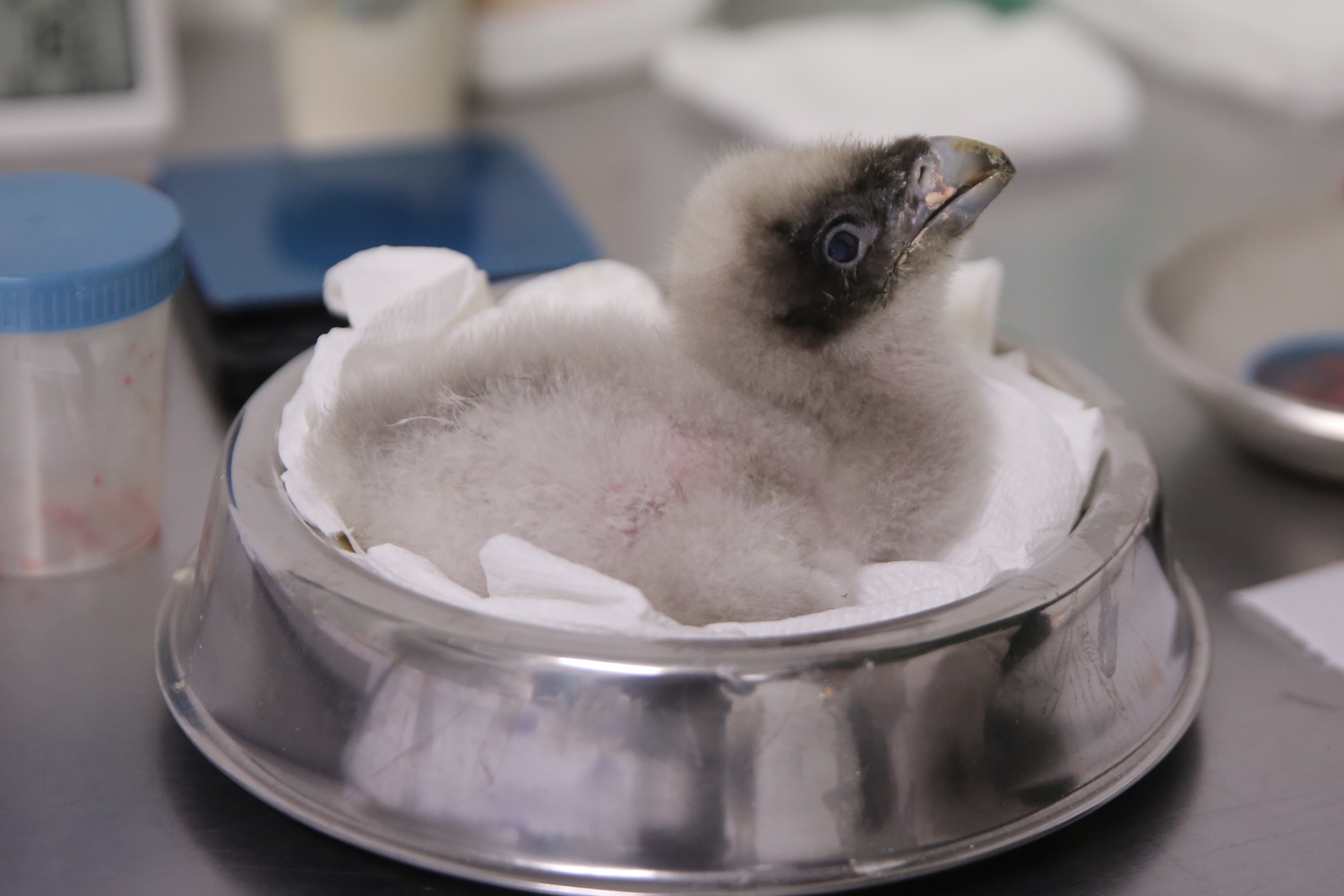 |
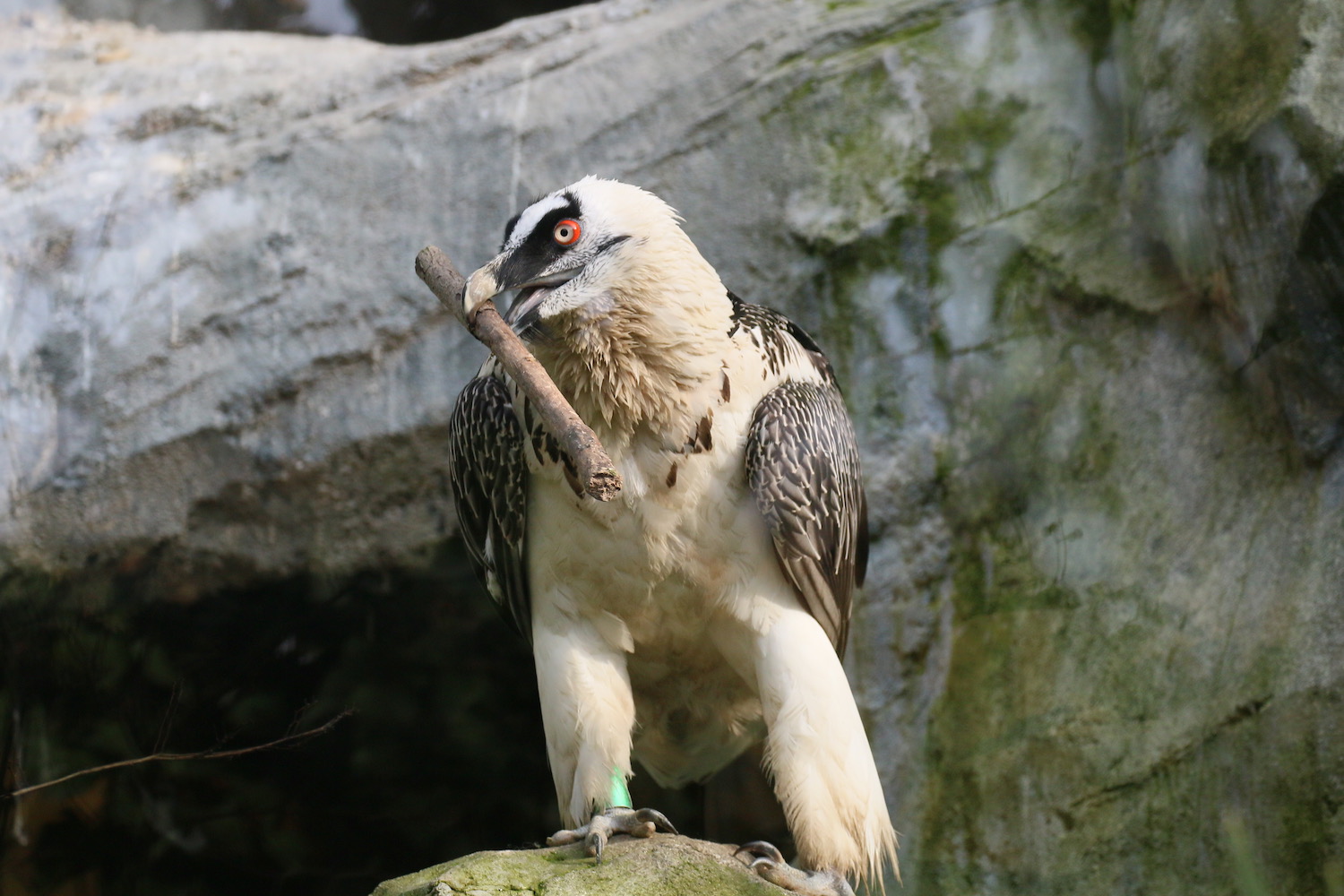 |
Every year, Parco Natura Viva celebrates the International Vulture Awareness Day on the 1st Saturday of the month of September.
Parco Natura Viva staff rode over 1,815 kilometres to reach the reintroduction site. Stelvio 50 was put in a crate and carried on the shoulder to the nesting site. From there, he was carried in a bag by a double rope and placed in its new nest, a hollow in the rock wall at 1,350 meters of altitude, where it will still receive food dropped through a tube, to avoid any human interaction.
Before the release, Stelvio 50 was equipped with a GPS tracker, an identification ring and some remiges were bleached to allow an easier identification in flight.
Around mid-July Stelvio 50 has begun making its first free flights.
2019
Parco Natura Viva got included in the reintroduction project of the bearded vulture of the Vulture Conservation Foundation, and on the 27th of June 2019 Stelvio 50, the baby vulture born in the park in March, was released in the heart of Andalusia, in the Natural Reserve “Sierras de Cazorla, Segura y Las Villas”.Parco Natura Viva staff rode over 1,815 kilometres to reach the reintroduction site. Stelvio 50 was put in a crate and carried on the shoulder to the nesting site. From there, he was carried in a bag by a double rope and placed in its new nest, a hollow in the rock wall at 1,350 meters of altitude, where it will still receive food dropped through a tube, to avoid any human interaction.
Before the release, Stelvio 50 was equipped with a GPS tracker, an identification ring and some remiges were bleached to allow an easier identification in flight.
Around mid-July Stelvio 50 has begun making its first free flights.
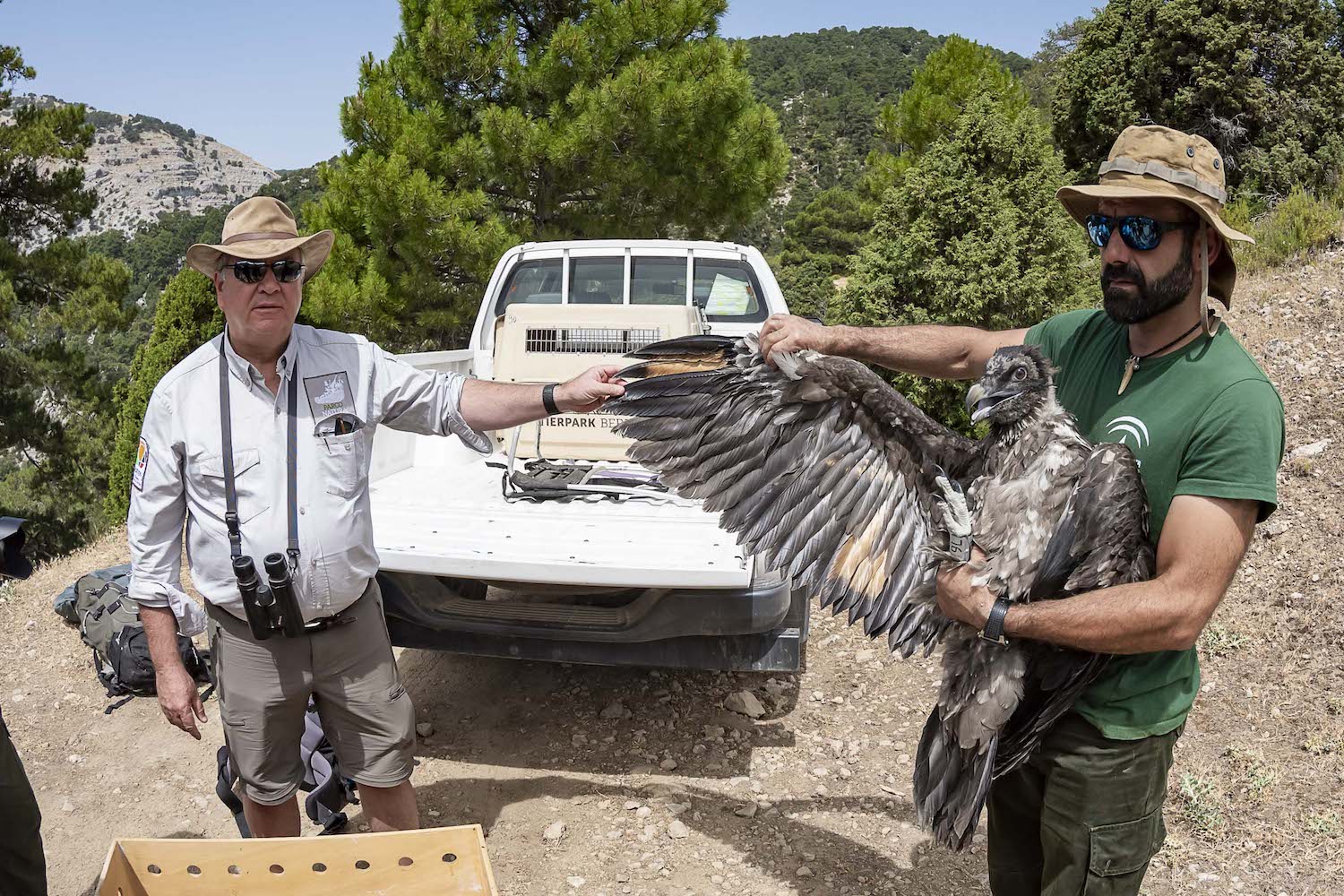 |
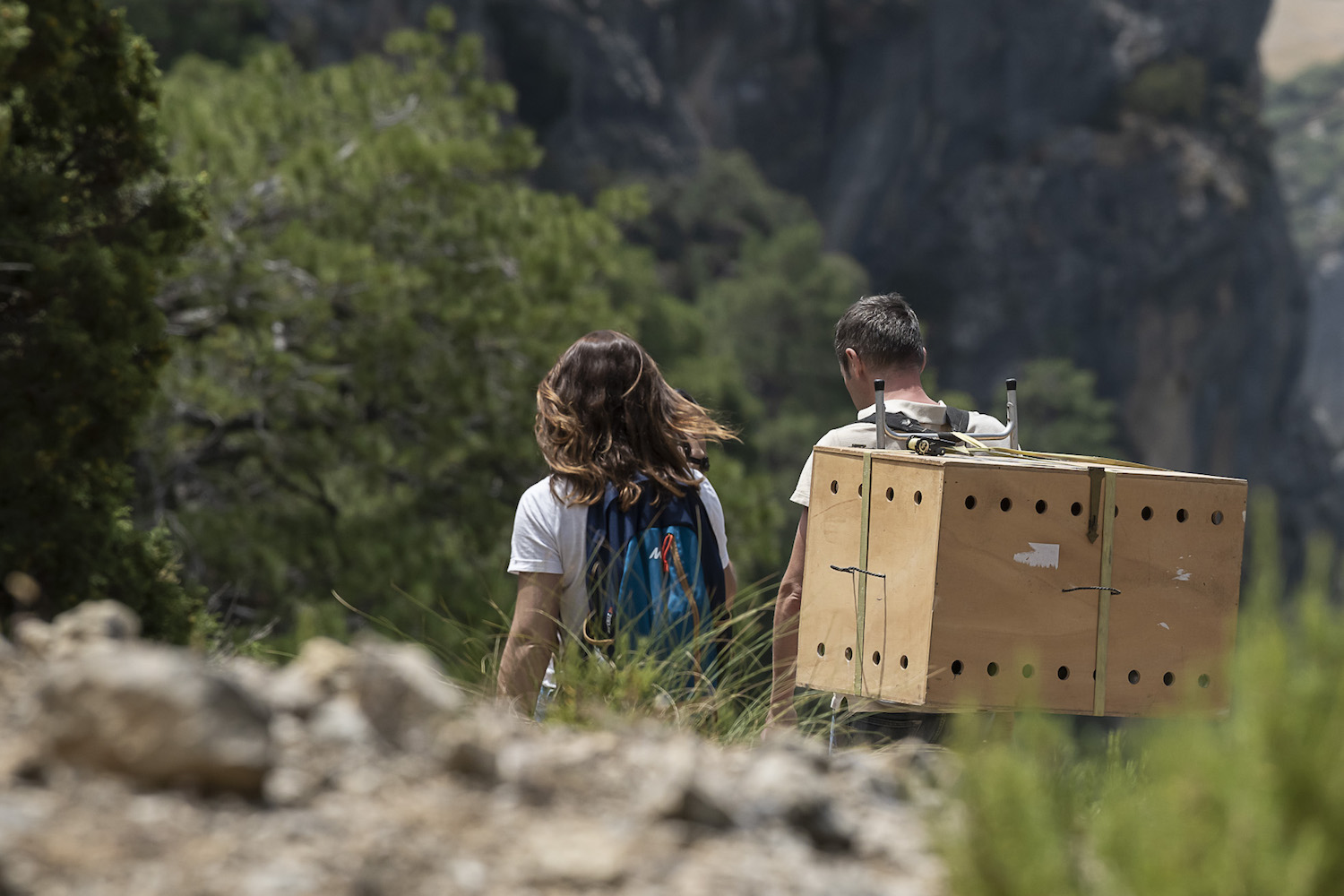 |
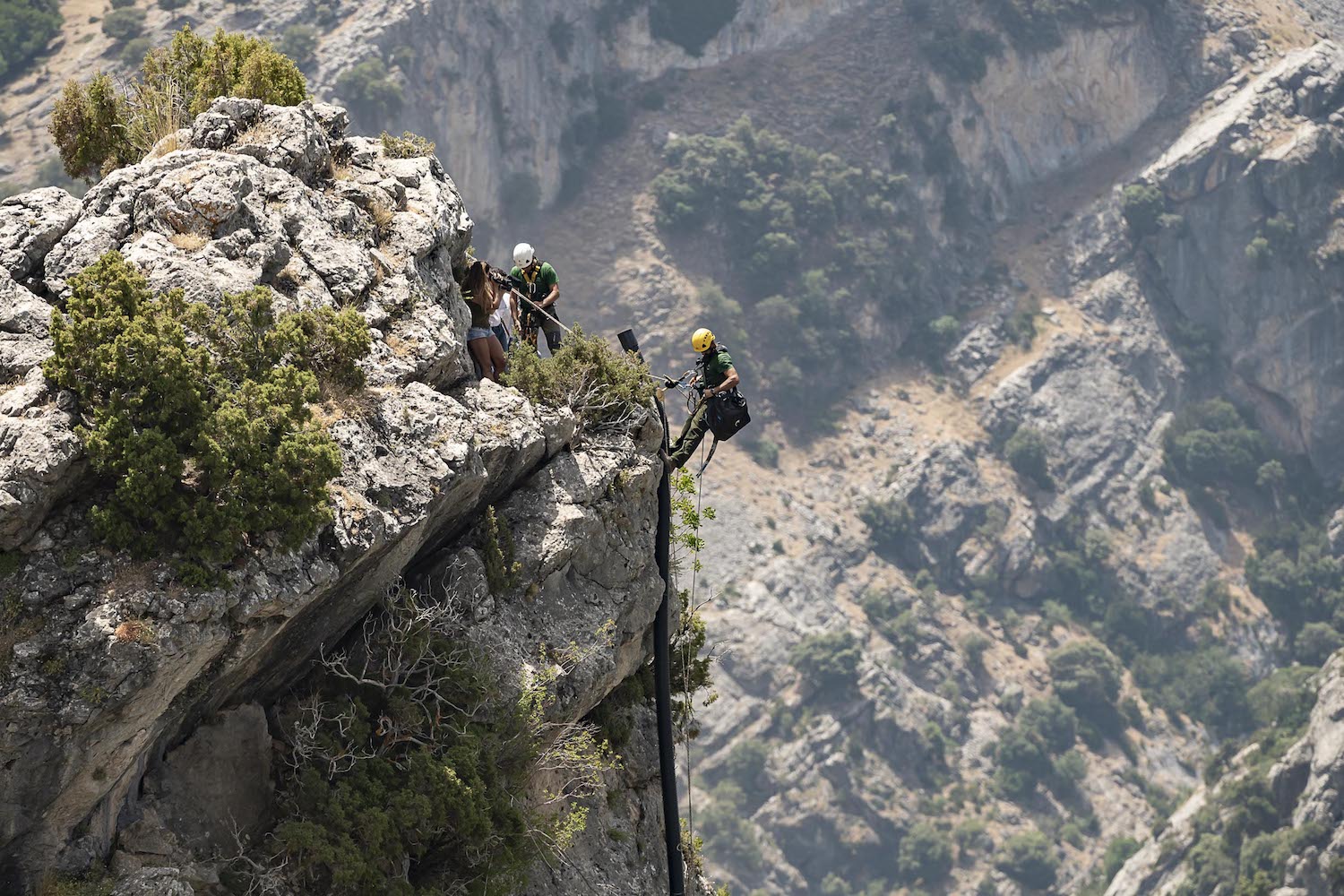 |
If you are interested in this project and you want to help saving the bearded vulture and its habitat, there are different ways in which you can contribute. By participating to the activities organized by Parco Natura Viva, such as guided tours, educational workshops and the International Vulture Awareness Day, you can learn more about this species and the threats to its survival, also learning what behaviours to adopt in everyday life to protect their habitat. By adopting the park’s bearded vulture you will directly contribute to help finance this project; but even with your visit to the park you will be able to make a concrete contribution to conservation, since a percentage of the value of the admission ticket is always destined to in situ conservation projects. Finally, by making other people aware of the problems of animals in the wild, you can actively help spread the knowledge and guarantee a future for the bearded vulture in its natural environment.
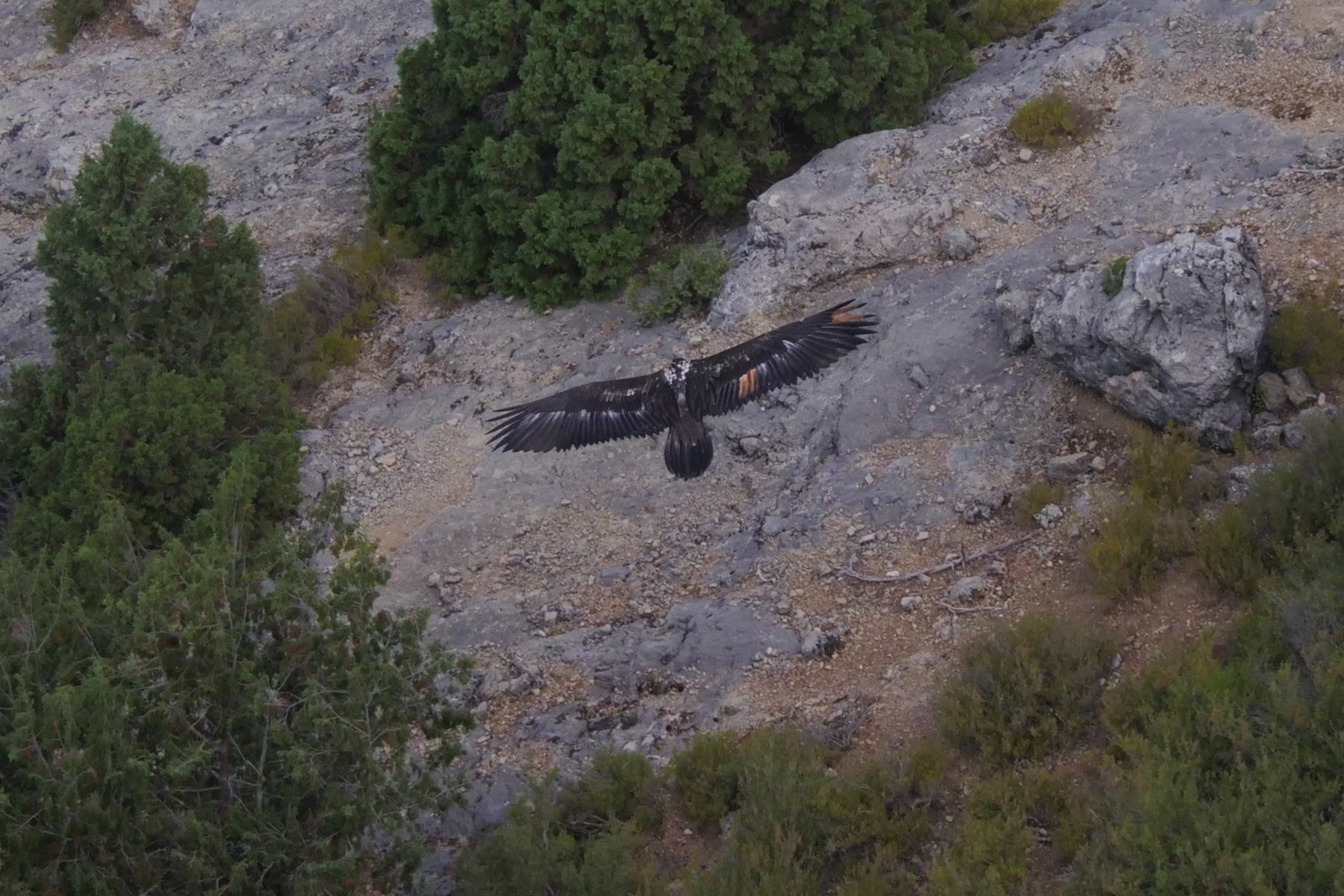 |
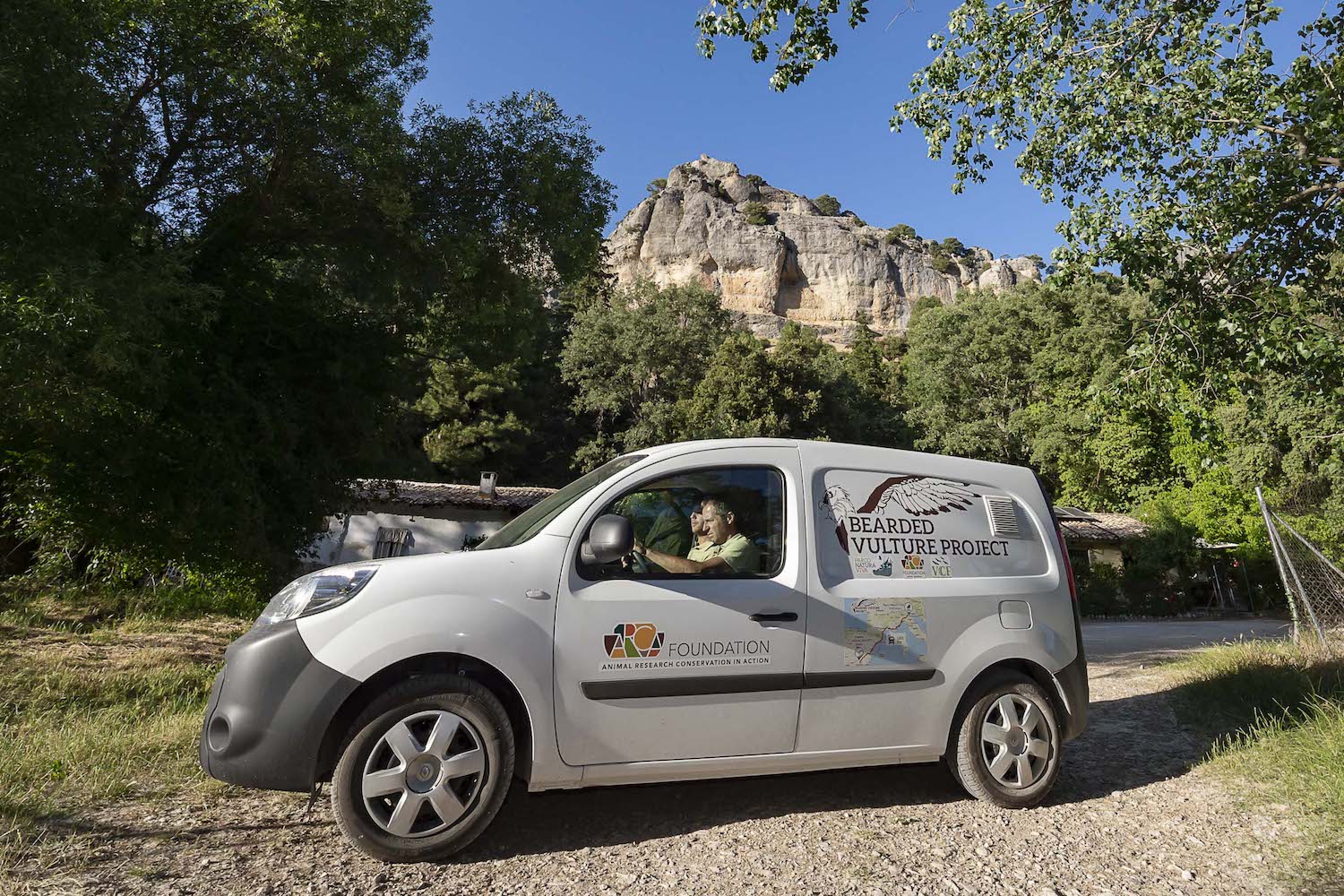 |
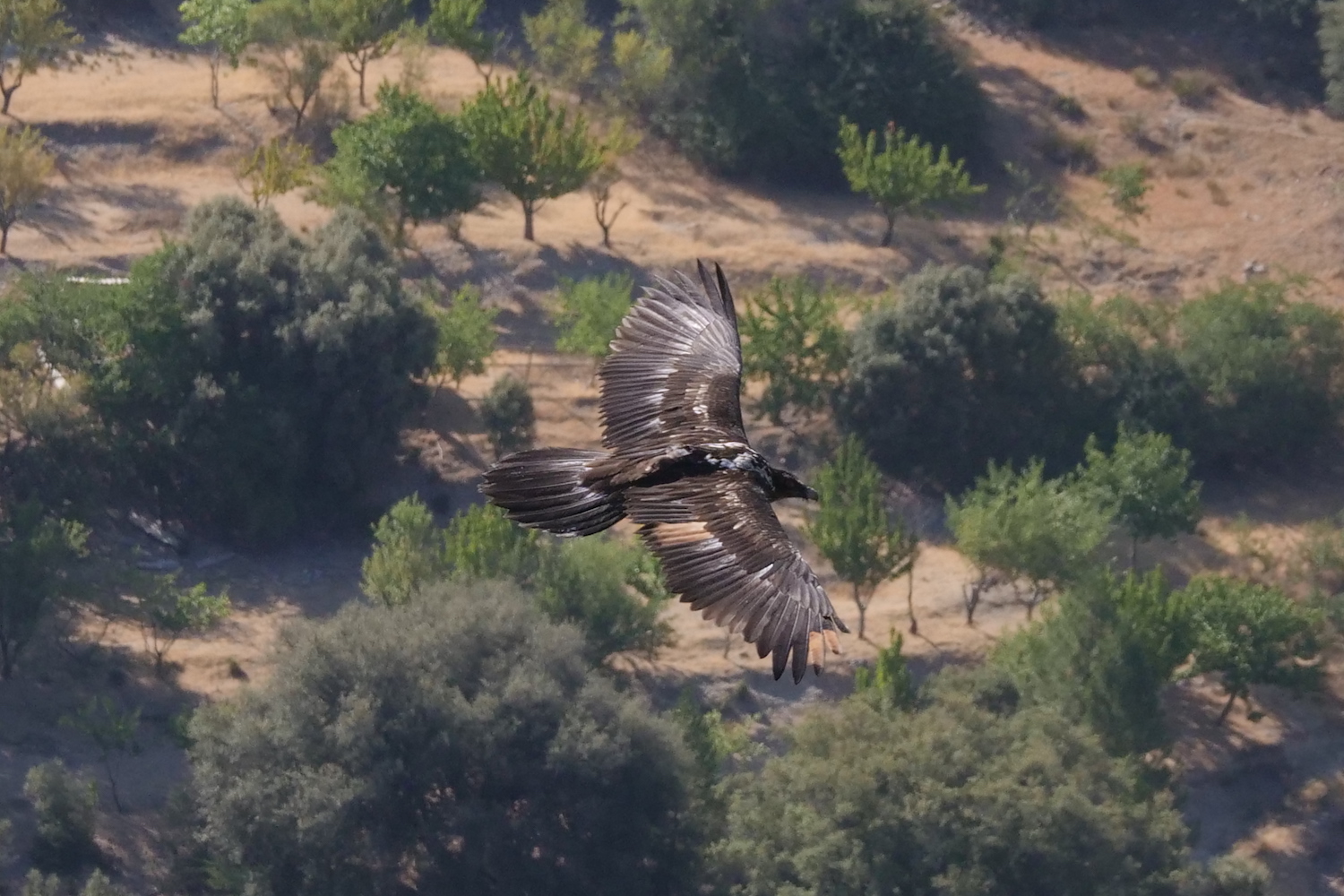 |
 Italiano
Italiano English
English Deutsch
Deutsch

